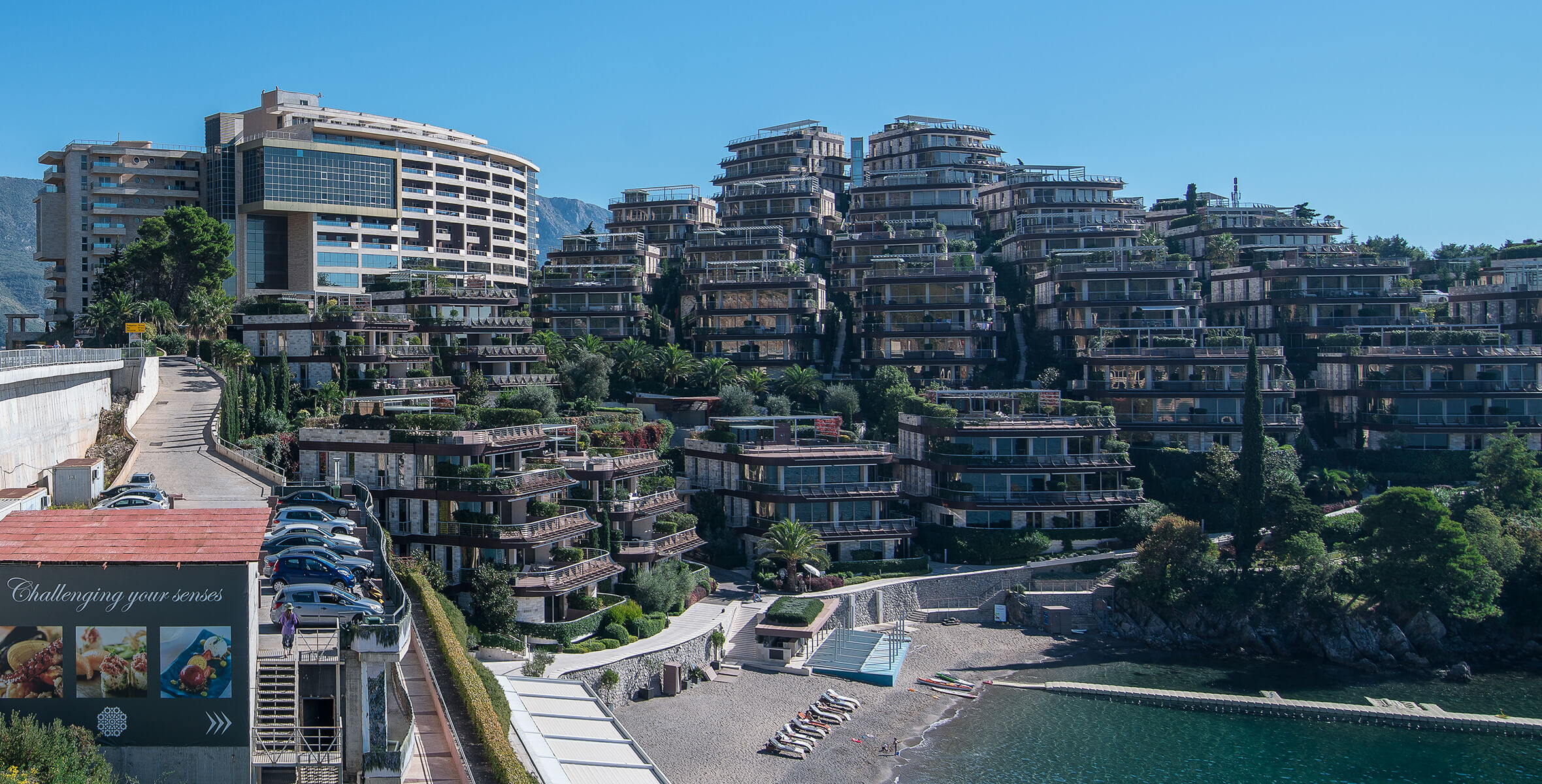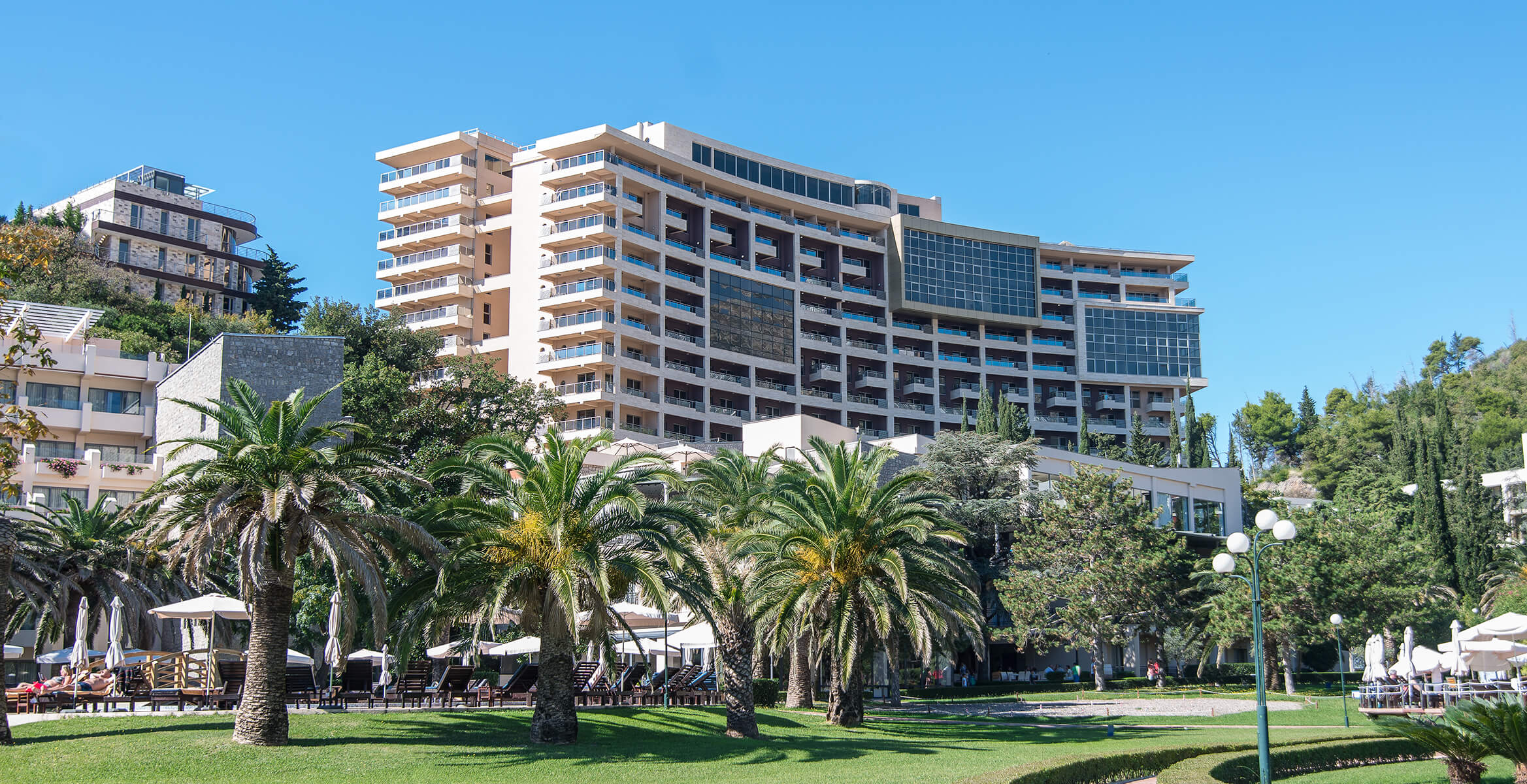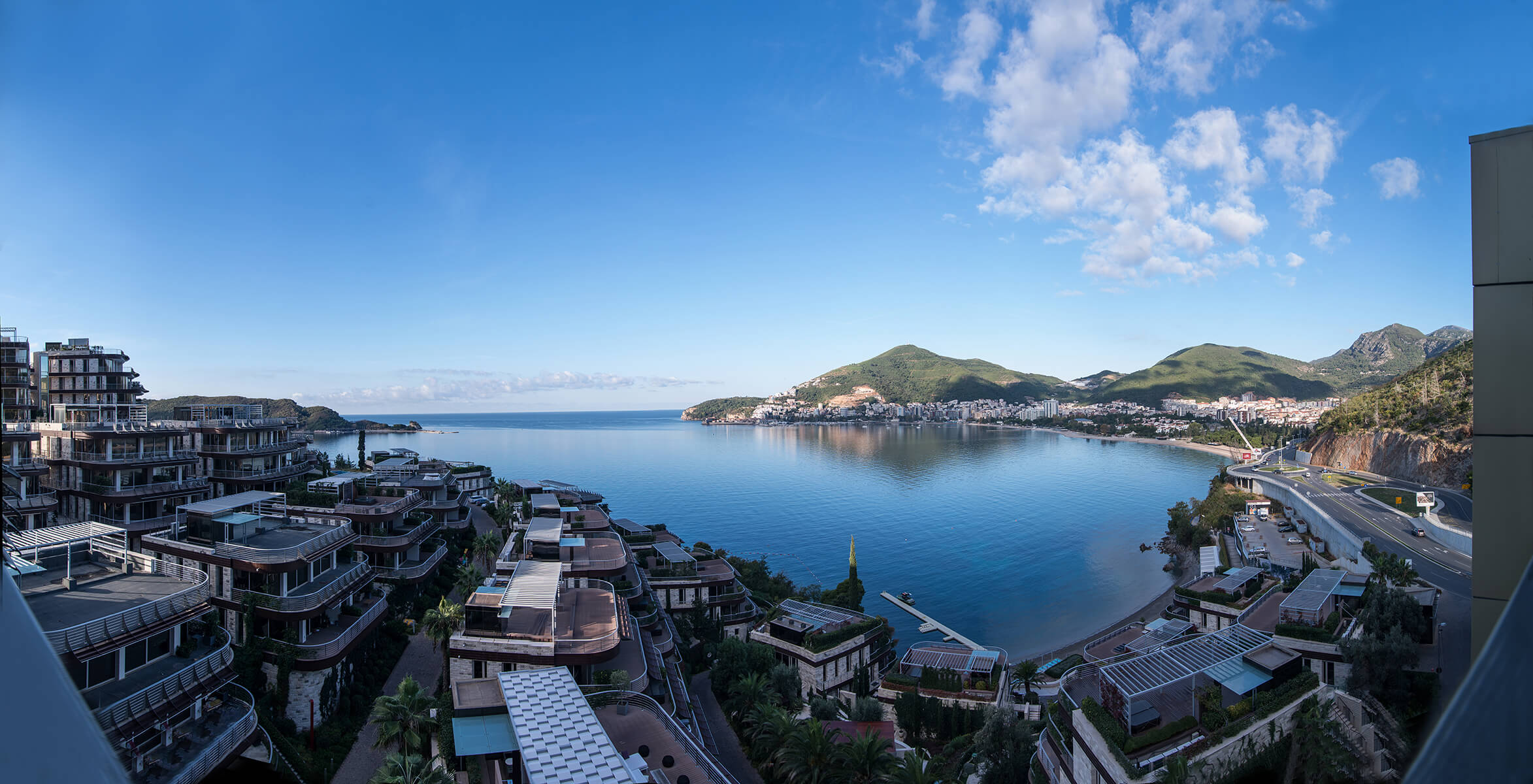
The city of Cetinje
Throughout the centuries, Cetinje has been the royal capital in Montenegro, and it’s considered the historic capital of the state. It’s a real museum city underneath the Lovćen mountain at an altitude of 670 meters above the sea level. Colorful architectural heritage and plenty of historic sites make Cetinje one of the biggest centers of tourism in Montenegro. There is no sweltering heat there, and the streets keep the flair of the old glory of the city. But there is no pompousness there. Cetinje is a very cozy, intimate city with a calm atmosphere, inviting to unhurried ambling.
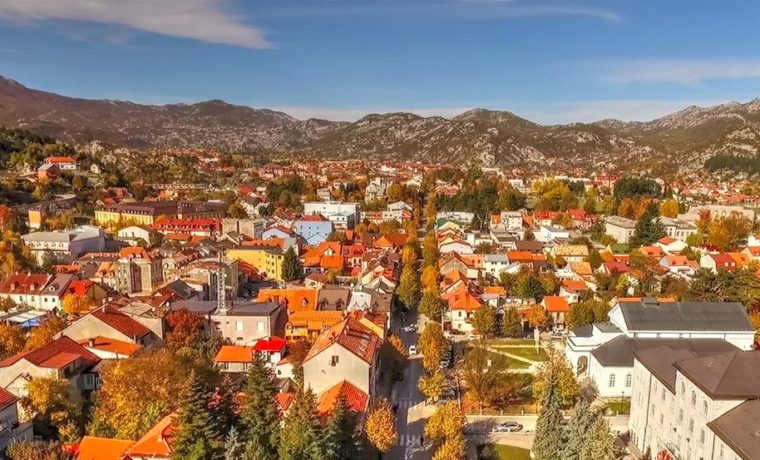
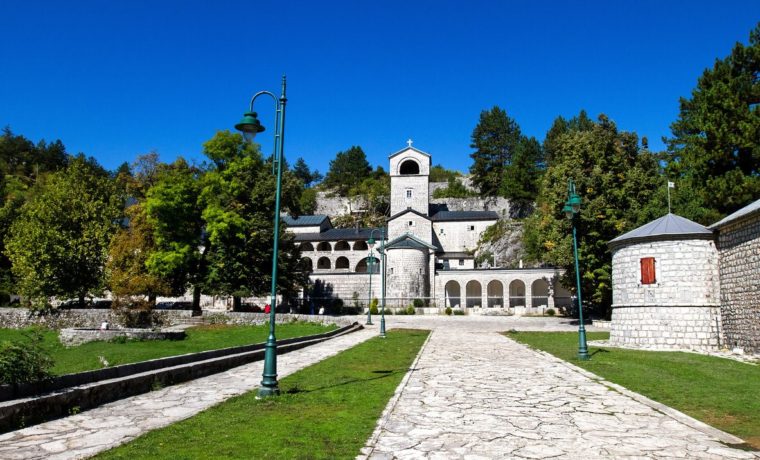
The most significant landmark is the Cetinje monastery, an important place for Orthodox Christian pilgrims all over the world. The right hand of John the Baptist and particles of the True Cross are among the relics of the monastery. Near the monastery, there is a church dedicated to the Nativity of the Most Holy Mother of God, erected at the donation of the emperor of Russia Alexander III. Remains of Montenegrin princes and metropolitans rest there. Vlach Church, erected in the middle of the 15th century is famous for its fence made of two thousand rifle barrels. This fence was built much later and consists of the weapons of Turkish invaders’ weapons taken during the 19th century liberation wars.
Other important landmarks are palaces of local rulers, former embassy buildings, historical, ethnographic, and art museums. Art Museum of Montenegro encompasses pictures of commonly known artists including Dali, Renoir, Picasso, Chagall, unique icon of the Holy Mother, supposedly written by Apostle Luke over two thousand years ago. In the Biljarda, former residence of prince-bishop Petar II Petrović-Njegoš, one of the most famous rulers of the country — you can see Austrian relief map of Montenegro, acknowledged as a cultural heritage.
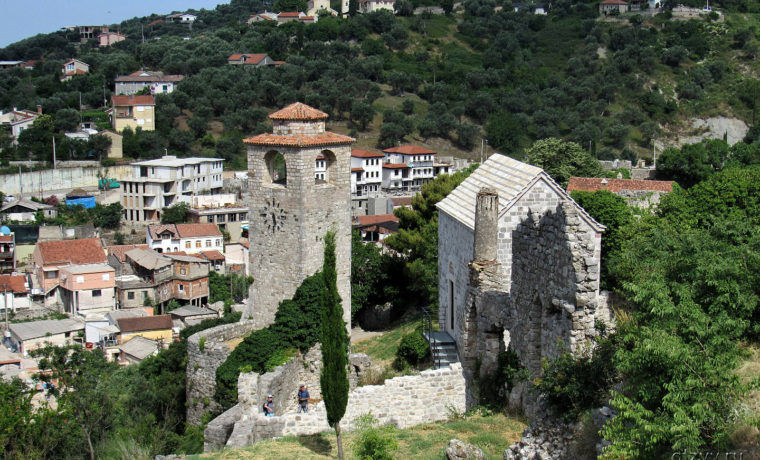
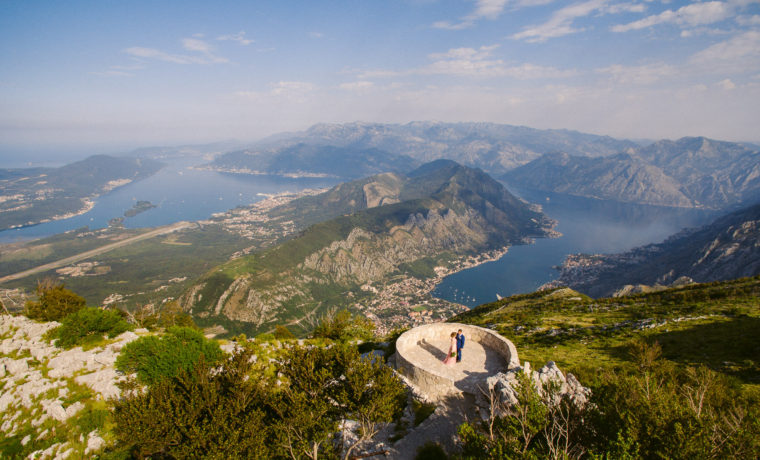
Not far from the city, at a summit of Lovćen, is Petar II Petrović Njegoš’s Mausoleum. Interior arches are made of pure gold. A 28-ton Njegoš’s statue is underneath the arches, and the ruler’s remains rest in the sepulcher downstairs. From the viewing deck behind the mausoleum, you can overlook the entire territory of Montenegro. On the way towards the summit, you can go to Njeguši village, visit the memorial house of Petar II and buy national dishes of Montenegro — prsut, cheese, honey, rakia, and wine. Cetinje is situated 30 km away from both Budva and Podgorica. The way from the city to the mausoleum is 20 km long.


 Write a letter
Write a letter
